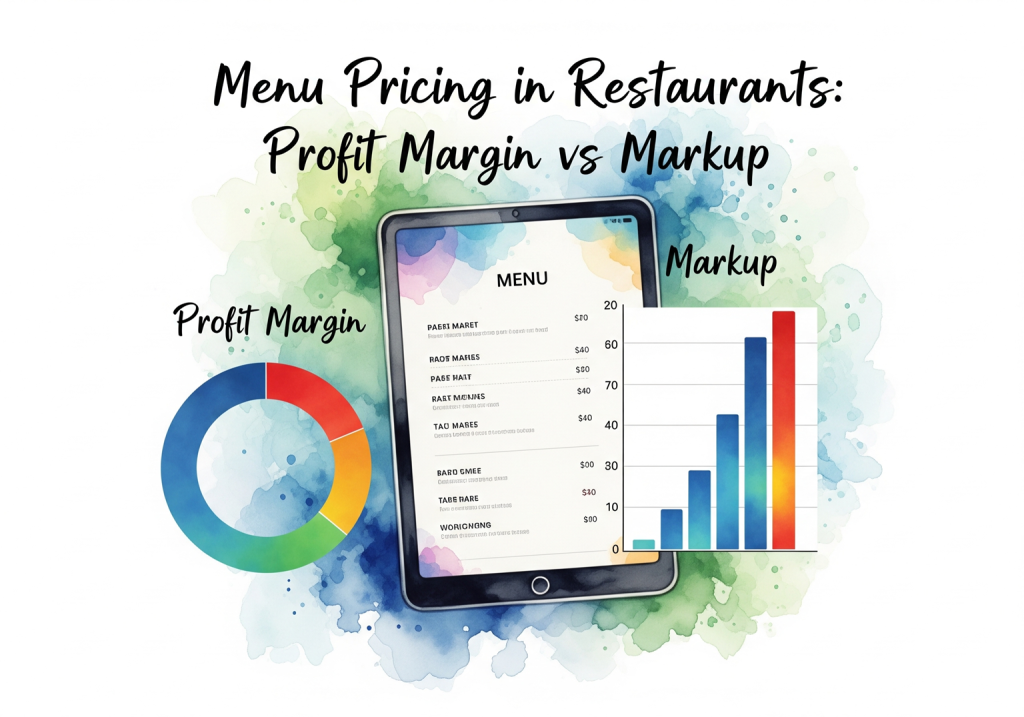Menu matters! Staying updated with trends matters! Not sure if customers like your menu? Wondering if your menu is good enough to make profits? You’re at the right place as this blog will tell you about the importance of data-driven menu analysis and how EasyEat helps you with menu planning. Read more to find out how you can track your sales, monitor the performance of different categories, and judge the performance of each item individually.
Data-driven menu analysis
Data-driven menu analysis is a process by which you study the sales data and evaluate the performance of different items from your menu. By analyzing the sales data you can find which items are performing well in your menu and which items need a push. This process is important to update your menu such that it is preferable to most of your customers.
Evaluating Category Performance
EasyEat lets you monitor the overall performance of a category of items. For example, if you want to know if people like starters, main courses, or desserts more then this feature can be pretty useful for you. If starters are performing better then you can give coupons to your customers, introduce new starters, or create combos using these items to promote them more. If the main course is underperforming then you may want to reduce the portion size, make changes in the recipe, or change their prices. This will help you in understanding customer preferences and boosting your sales.
Tracking individual item sales
If you want to know which dishes are performing well individually then you can do that using EasyEat POS. If a particular dish is most selling in your restaurant then you can consider improving the visibility of that dish and use it during marketing. By doing this you can meet your customers’ needs in a better way and along with that you can decide the placement of those dishes that aren’t performing well. You can give offers on them or remove them from your menu altogether. You can use this feature for menu engineering purposes too.
Monitoring Sales Trends
You have to monitor your sales data consistently to stay updated with the trends in customers’ tastes and preferences. EasyEat lets you monitor your sales data. For example, If a dish was once a bestseller but now its sales have declined then all you need to do is change its recipe slightly, market it differently, or give offers on that. This will also let you tweak your menu according to season. For example, if a particular dish performs well in summer but doesn’t perform that well during winter, you can place it on the menu only during peak season and also plan your inventory accordingly.
Assessing the quantity sold
You can track the quantity of items sold during a particular period. This will help you in managing your inventory and ordering only those ingredients that will be consumed. You can order ingredients for those dishes that aren’t performing well in smaller quantities. This will make sure that your finances are managed properly.
Once you decide on the areas that need to be worked upon in your current menu, design it digitally using EasyEat. You don’t have to re-print your menu every single time there’s an edit. This helps in maintaining a dynamic menu that changes with time and customer preferences ensuring that your restaurant always stays profitable.
In this blog, we’ve delved into the significance of data-driven menu analysis and its impact on your restaurant’s success. We’ve explored how you can evaluate the performance of different menu categories, track individual item sales, monitor sales trends, and assess quantities sold. By leveraging these insights, you can make informed decisions to optimize your menu and enhance customer satisfaction. The EasyEat POS system facilitates these changes seamlessly, allowing you to maintain a dynamic, customer-centric menu that adapts to evolving preferences and maximizes profitability.




